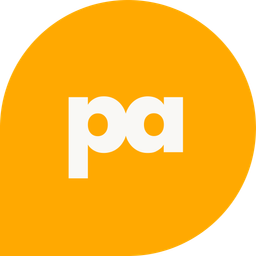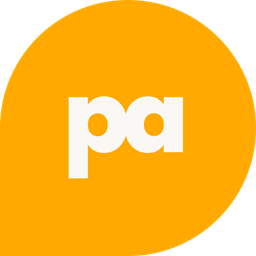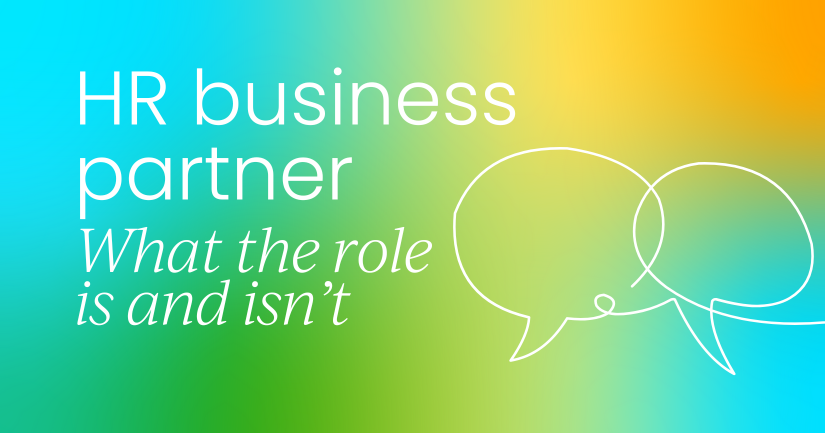Business leaders don’t just want HR support, they need a HR business partner (HRBP) who can think commercially, act strategically, and drive real results. Yet, this has proved difficult to achieve as many companies struggle to tap into the full potential of the role.
Despite the title, too many HRBPs remain stuck in transactional work, disconnected from business strategy and lacking influence at the leadership table.
Here’s what matters: if your HRBPs aren’t helping shape business strategy, something’s off. We’ll break down what modern partnering looks like, how to spot (or become) a high-impact HRBP, and what to do if your current model isn’t cutting it.
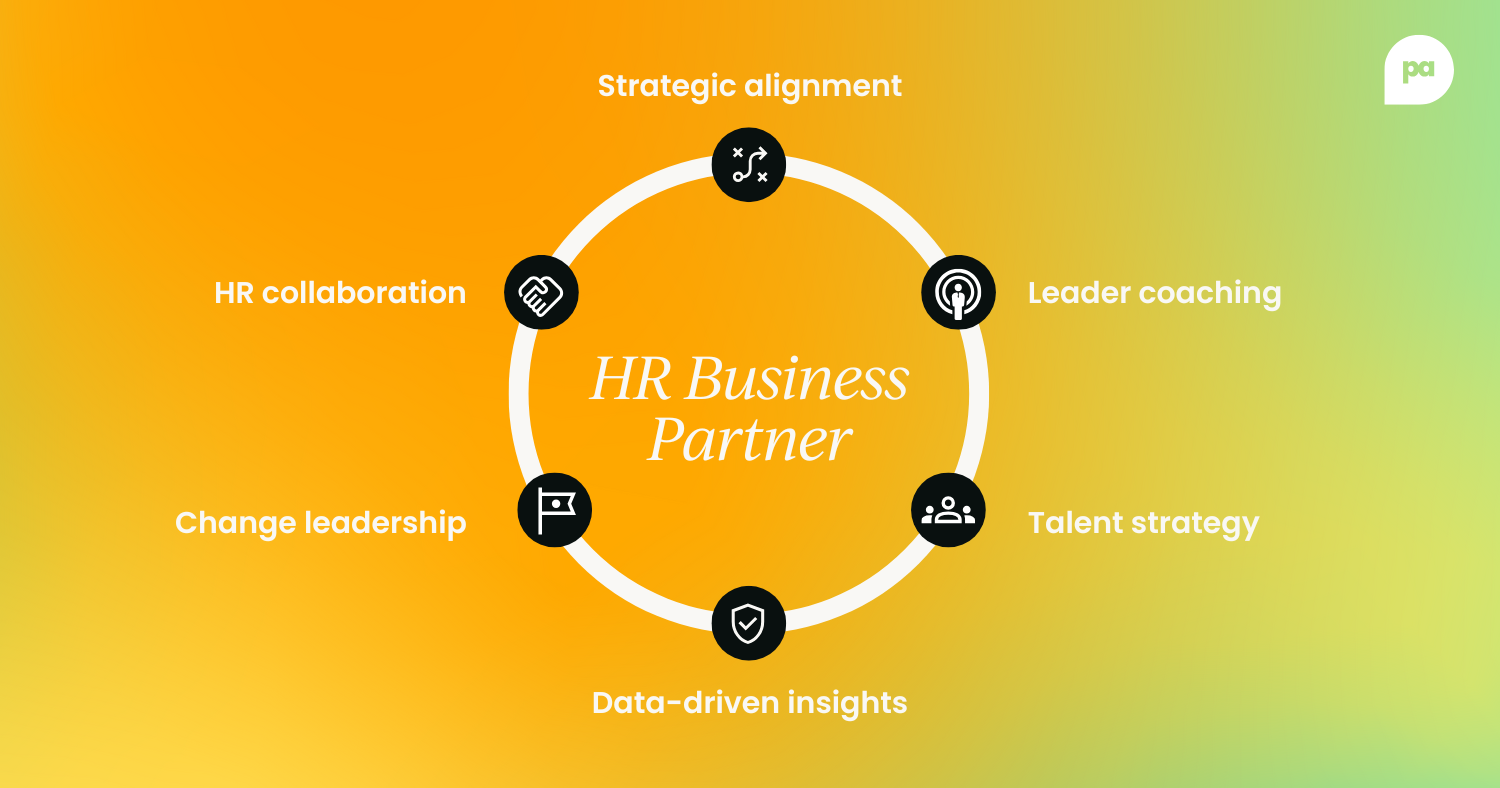
What is HR business partnering?
An HR business partner, or HRBP, isn’t there to just manage people processes, they’re there to help the business succeed through its people.
That’s the heart of what HRBP means: it’s a strategic role, not an administrative one. Of course, the HRBP meaning has shifted over time from a reactive HR function to a proactive business driver.
You can think of HRBPs as the bridge between HR and the business. They bring data, insight, and empathy into conversations about performance, growth, and change. While more traditional HR roles focus mainly on policies and paperwork, today’s HRBPs focus on people, performance, and potential.
For the HRBP role to really land, it needs clear expectations, solid support, and strong alignment with the business.
Why HRBP matters now more than ever
If you're working as an HRBP or stepping into the role, you've probably felt the tension between being strategic and just trying to stay above water.
You’re not alone.
The expectations for HR have really skyrocketed over recent years. You’re expected to understand the business, influence leadership, drive change, coach managers, and somehow still respond to that policy question in your inbox. It’s a lot.
But here’s the thing: when done right, the human resources business partner role is one of the most impactful in the entire organization. You’re not just supporting decisions - you’re helping to shape them.
And that impact isn’t just theory, it’s backed by data.
According to the Talent Strategy Group’s HRBP Report:
- Only 28% of HR leaders say their HRBPs are effective at driving business performance. That’s a big signal that the role isn’t reaching its potential in most organizations.
- Just 26% of HR leaders consider their HRBPs trusted advisors to the business. If you're not influencing key decisions, you're stuck reacting to them.
- The average HRBP-to-employee ratio is 1:1,016, meaning many HRBPs are expected to support over 1,000 people. At that scale, it's nearly impossible to work strategically.
- Compare that to top-performing companies, where the ratio is closer to 1:207, allowing for deeper partnerships and meaningful business impact.
- And in terms of impact? Activities aligned with strategic HR work (like developing HR systems and acting as a strategic business partner) are positively correlated with organizational performance (with correlations of +0.16 and +0.27, respectively). Meanwhile, admin-heavy tasks like record-keeping and compliance drag that performance down.
So, what does this mean for you?
If there’s a gap between what you want to do and what you can do as an HRBP, you’re not alone - and the data backs you up. This isn’t about working harder; it’s about setting the role up to succeed.
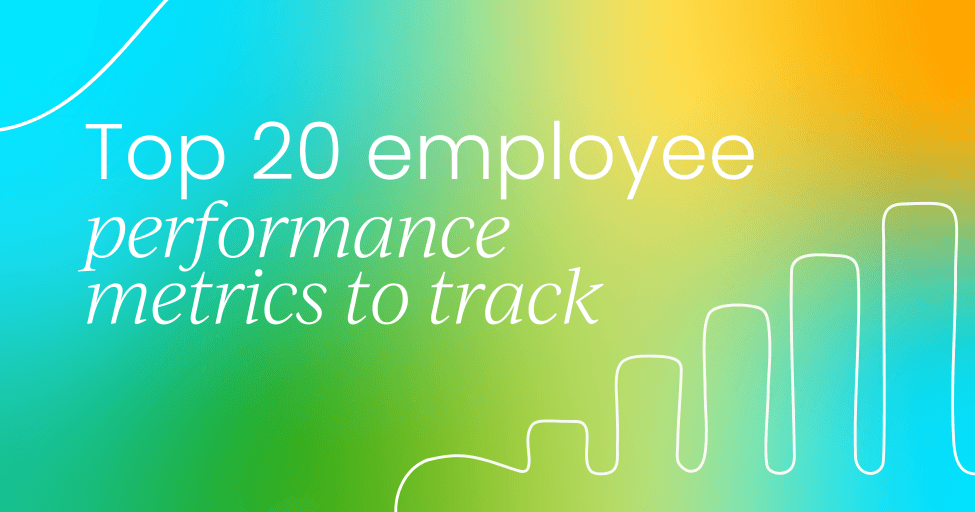
What do HR business partners do?
At their best, HRBPs are the strategic glue between the business and the people powering it. They align people strategy with business goals, coach leaders, guide change, and ensure people decisions drive performance.
Here’s what that looks like in practice:
Align people strategy with business strategy
A strong HRBP works closely with business leaders to understand goals, challenges, and priorities, then builds people plans to support them. Whether it’s helping scale a team, drive performance, or shift culture, the HRBP is there to make sure the talent strategy matches where the business is headed.
Coach and advise leaders
HRBPs are trusted sounding boards for managers and executives. They help leaders navigate tricky people situations, improve their leadership skills, and build stronger teams. The most effective HRBPs ask tough questions, give honest feedback, and earn trust by balancing empathy with business focus.
Use data to drive decisions
High-impact HRBPs don’t rely on gut instinct, they use people data to uncover patterns, highlight risks, and make smarter recommendations. Whether it’s spotting rising turnover, identifying skills gaps, or backing up a workforce plan, data helps HRBPs move from opinion to action.
Lead and support change
From reorganizations to new systems or cultural shifts, HRBPs are often at the center of business change. They help leaders prepare for it, communicate it, and guide their teams through it. And they make sure the human side of change (emotions, mindset, motivation, etc.) isn’t overlooked.
Collaborate across HR
HRBPs act as connectors across the wider HR function. They don’t need to be experts in everything, but they know how to bring in the right specialists in learning, DEI, compensation, or employee relations at the right time. The goal is seamless support that actually moves the business forward.
Key capabilities of high-impact HRBPs
What separates a good HRBP from a great one?
It’s not just experience, or even technical HR know-how. It’s about how you think, how you connect, and how you drive value. Below, we’re sharing some of the key strengths of a high-performing HR business partner:
1. Business acumen
You can’t influence decisions if you don’t understand the business. High-impact HRBPs don’t just know HR, they know revenue, margins, market shifts, and what’s keeping leaders up at night. The Talent Strategy Group calls this “loving the business,” and it shows in how you frame problems and pitch solutions.
2. Talent expertise
You don’t need to be a generalist anymore, you need depth. The best HRBPs know how to assess potential, develop leaders, and design succession strategies that actually work.
3. Influence and relationship building
Being right isn’t enough, you need buy-in. High-performing HRBPs build strong relationships across the business, becoming trusted advisors, not just “HR.” That means knowing when to push, when to coach, and how to communicate tough truths.
4. Analytical and problem-solving skills
Strategic HRBPs use data to make decisions. That includes understanding people metrics, spotting trends, and building a case for action. You don’t need to be a data scientist, but you do need to know how to turn insights into action.
5. Resilience and change leadership
The truth? Not everyone in the business understands what an HRBP does, or why it matters. You’ll need to be resilient, adaptable, and ready to lead through resistance. Change is rarely smooth, and that’s where you come in.
HRBP responsibilities and tasks
The role of the HR business partner can look wildly different from one company to the next. One week you might be deep in workforce planning; the next, you’re coaching a leader through a tricky team dynamic, or helping drive a cultural shift. That’s the beauty (and challenge) of the HRBP role: it’s broad, fast-moving, and always evolving.
But with all that variety, it helps to zoom out and get clear on what the role is really about. There are very real, very practical responsibilities that shape the HRBP’s day-to-day that are important to delivering impact.
So, whether you’re new to the role or rethinking how to spend your time, here’s a clear breakdown of what high-impact HRBPs actually do:
Strategic alignment
- Partner with leaders to align people strategy with business goals.
- Contribute to org design, workforce planning, and talent strategy.
- Anticipate future talent needs based on business direction.
Leader support and coaching
- Advise managers on team dynamics, performance, and engagement.
- Coach leaders through difficult conversations or change.
- Build leadership capability across the business.
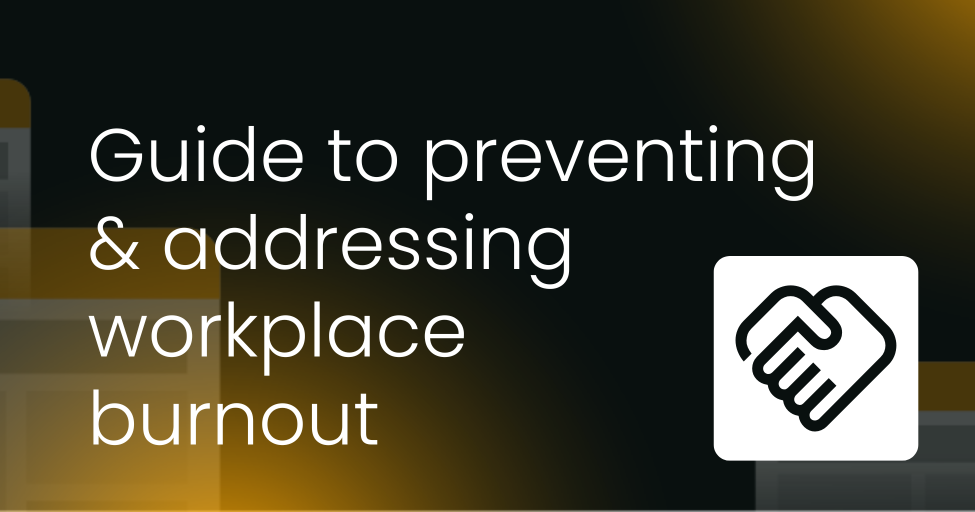
Data and insight
- Analyze workforce metrics (e.g. attrition, DEI, engagement, performance).
- Use data to identify trends and guide business decisions.
- Support the creation of dashboards or insights for leadership.
Change and transformation
- Lead or support organizational change initiatives.
- Help shape and deliver communications and change plans.
- Ensure smooth transitions during restructures, mergers, or culture shifts.
Collaboration and connection
- Act as the connector between HR teams (L&D, DEI, comp, etc.) and the business.
- Ensure integrated delivery of HR programs.
- Bring in the right HR expertise at the right time.
Operational support (but not admin-heavy)
- Support complex employee relations issues in partnership with ER/legal.
- Advise on policy interpretation and consistent application.
- Provide input into talent reviews, succession planning, and hiring decisions.
While the exact responsibilities vary by company, these are the core areas where HRBPs typically operate. The key is staying focused on high-value work that helps people and the business grow, not getting stuck in admin tasks that belong elsewhere.
Ready to level up as an HR business partner?
If you found this guide helpful, there’s a lot more where that came from. The People Alliance Insider Membership is built for HR professionals like you—people who want to move from operational to influential.
As an Insider, you’ll get exclusive access to:
- Proven HRBP tools, templates, and strategy guides.
- Deep-dive resources on workforce planning, leadership coaching, and change management.
- Real-world case studies and benchmarks to back your ideas.
- Early access to new content, events, and expert Q&As.
Whether you're leading HR in a fast-paced startup or transforming people strategy in a global org, this membership is your shortcut to more confidence, clarity, and impact.



 Follow us on LinkedIn
Follow us on LinkedIn